A Vision of New Urbanism on the Florida Coast
Seaside, Florida is a gorgeous destination for many Fort Worthians who love the beaches, the cafes, the architecture, and the shopping. But did you know that Seaside was groundbreaking in many ways? By incorporating mixed use development with shared spaces that emphasize walkability to create an urban village, Seaside has influence many cities as they seek to renovate their downtowns into more livable areas. For more on this, please follow this link. And now, please enjoy this article from Issue 5 of Madeworthy, just in time for summer!
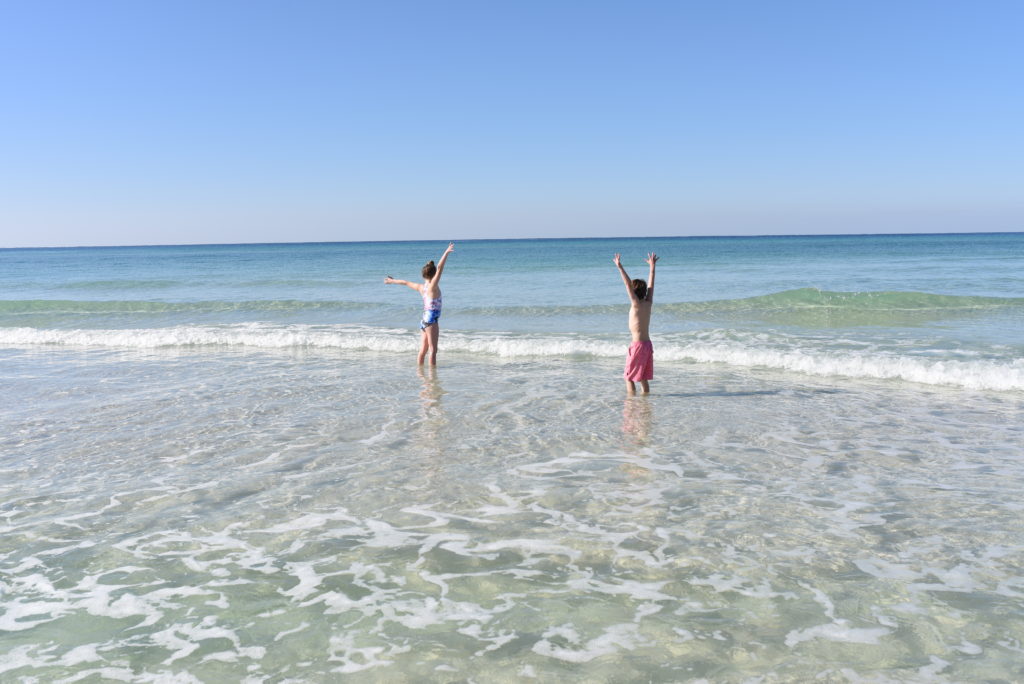
photo credit: Victoria Wise
With its roots in a prescient 1946 purchase of 80 pristine but (at the time) remote beachside acres, Seaside is the brain-child of Robert Davis. Having inherited the land upon which Seaside is built from his late grandfather, Davis did what, conceivably, almost no one else would have done. Most people would have at least been tempted to keep the unbroken views of gorgeous beaches, crystal clear water, and storybook sunsets to themselves, to be enjoyed at a remove from any neighbors. However, Robert Davis is not most people.
Born and raised in Birmingham, Alabama, Davis spent the summers of his youth on the beaches of the Florida panhandle with his extended family. He describes these summers with evident fondness and in great detail, for the idea of Seaside lay within these formative memories. With Seaside, Davis sought to recreate those evocative feelings from his youth and share them with the world. “Those were magical moments in my childhood… and that was really the inspiration”, Davis says.
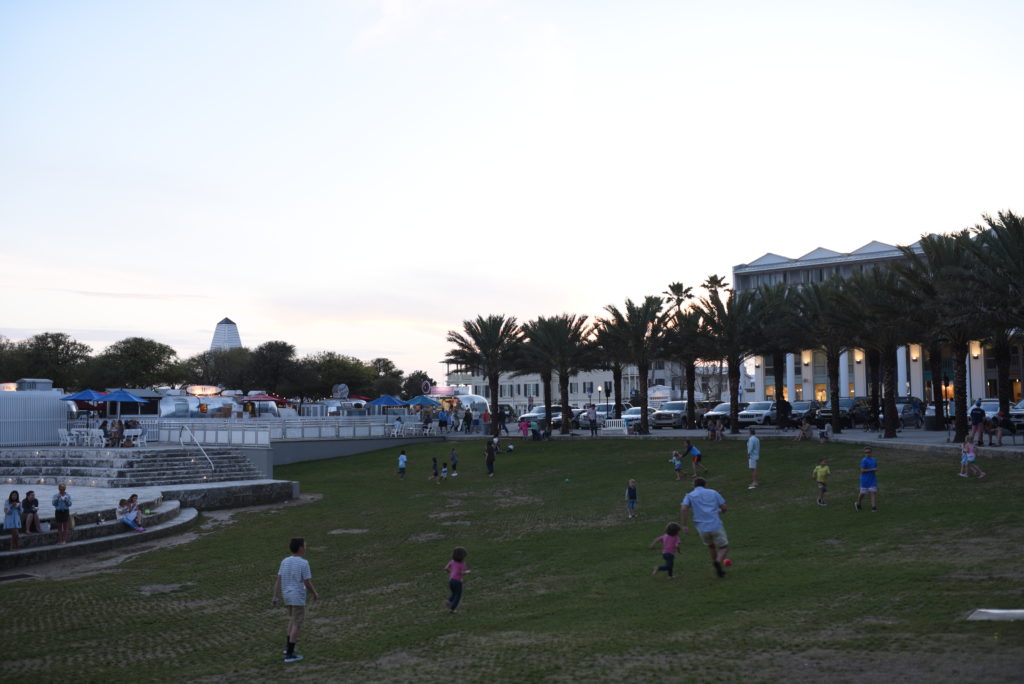
photo credit: Victoria Wise
In the early 1980s, Davis and his wife toured small towns throughout the South in an attempt to discover what the essence of a “hometown” is. What they found were several common themes that existed before the proliferation of vehicular travel expanded our commutes and drove people to the suburbs. As Davis describes it, “We wanted to build a settlement in the form of small town where people could walk from where they were living to a place to get breakfast in the morning or have drinks in the evening. So we started rediscovering by studying small towns and what their essential DNA was.”
Hitherto, towns had been planned around a main square which was the center of commerce and government. Retail stores at ground level had professional offices and often residential spaces above. The post office, court house, and town offices were situated center stage with school houses, feed stores, churches, and theatres a block or two off the square. Residential development radiated outwards. Before World War Two, nearly every town in America had been built in this manner.
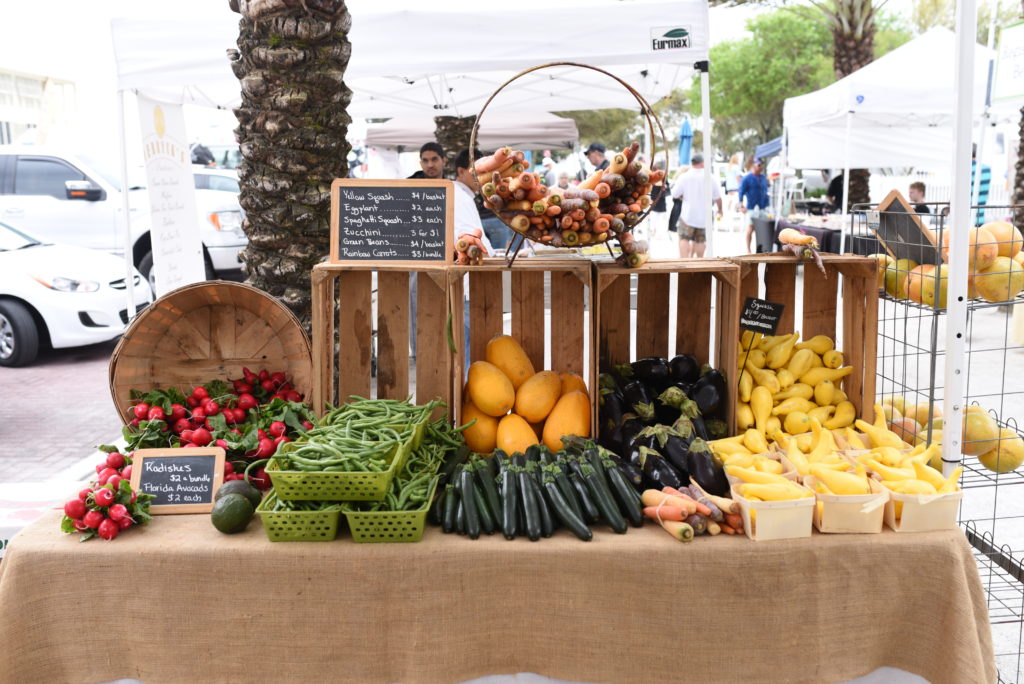
photo credit: Victoria Wise
The movement to get back to this mode of city planning and development is called New Urbanism, of which Robert Davis is one of the founding members. New Urbanism is derived from a philosophy focused on community and ecology. While there are innumerable examples of New Urbanism within larger urban areas (many retail developers have subscribed to the architectural and planning aspects of the movement, if not the philosophical underpinnings), there are very few towns that have been developed based on the principles of New Urbanism. Seaside, Florida, was the first to do so and remains one of the best examples.
Seaside makes excellent use of its 80 acres, and although the town attracts over a million tourists every year, it never feels crowded in the same way a big city does. Whereas one can feel claustrophobic in a big city, the spacious sidewalks, communal green spaces, and abundant flora of Seaside allow for ease of movement throughout town and impart a sense of well-being and open friendliness. This is by design, and the sense of community sought by New Urbanism is on ready display, even between strangers from disparate parts of the world.
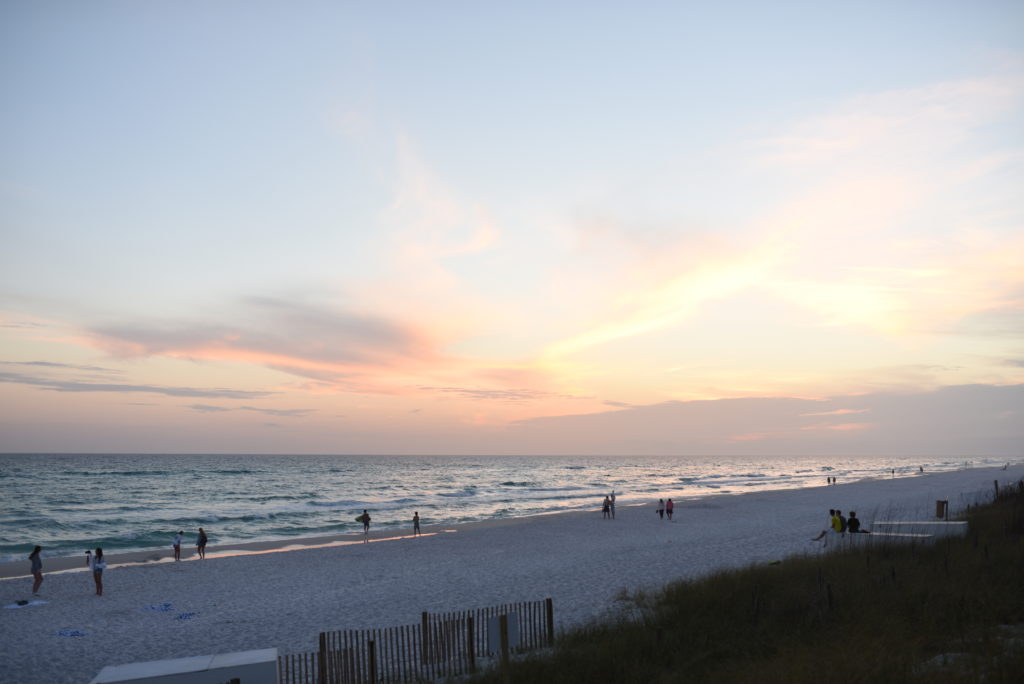
photo credit: Victoria Wise
As the icon for New Urbanism and a Florida tourist destination, Seaside clearly benefits from its setting. The Gulf of Mexico has many faces, but the one she shows Seaside is perhaps her loveliest. With its crystal-clear water, tinged in soft blues and greens, pressed gently against white, powder-soft beaches which back into wild, wind-blown dunes topped delicately with pink and purple sunsets, Seaside is an Impressionist painting. If you have ever wanted to step into a Monet seascape, look no further. Seaside is, in a word, idyllic.
This idyllic setting has not insulated the New Urbanism movement and Seaside from criticism. Indeed, criticism of New Urbanism has come from various quarters with some saying it is simply a nouveau commercial repackaging of city planning or of a sentimental Norman Rockwell-esque nostalgia. Others claim it has not gone far enough; it allows for too many vehicles and modern comforts. When properly applied, however, as has been done in Seaside, New Urbanism makes sense from a human perspective.
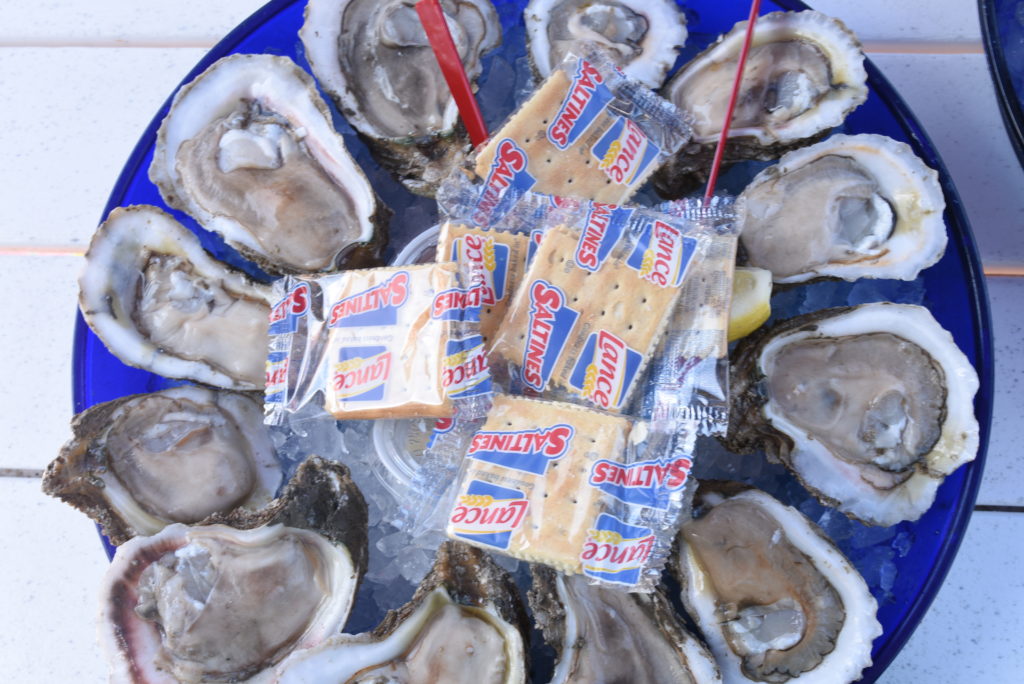
photo credit: Victoria Wise
The attraction is undeniable. Families with children of all ages flock to Seaside throughout the entire year. Seaside does not experience the “low season” found in most beach towns. Unlike many places, it is not a destination for other activities, either. While there is fishing, golf, and boating to be had, the town itself is the draw during what are traditionally slow times for beach destinations. The beauty of the beach still draws the winter visitors, as well.
Over the decades, the success enjoyed by Seaside has attracted the inevitable imitators, each staking their claim and setting out to build their vision of what a community should be. Rosemary Beach, Santa Rosa Beach, Alys Beach, Grayton Beach, Watercolor, and a handful of others radiate east and west from Seaside along a secondary state highway paralleling the shoreline to form what has become commonly known as the 30A area. Each of these towns has a distinct flavor all its own, attracting sets of tourists unique to themselves. Returning visitors to the area eventually find their favorite place.
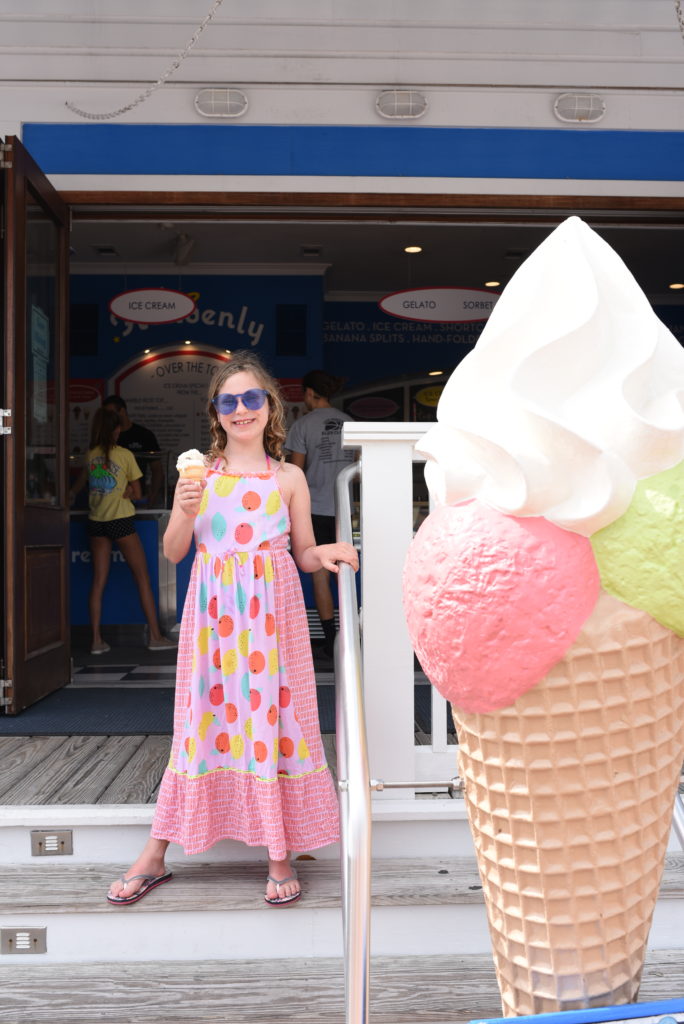
photo credit: Victoria Wise
Seaside, however, remains different. Designed with a specific set of philosophical principles in mind and not simply to attract as many people as possible, Seaside continues to innovate. Through its Escape to Create program, established in 1993, Seaside offers artists a residency program that allows them to create and bring their art into the world in in a uniquely serene and beautiful setting. Painters, composers, performers, and writers accepted in the residency program are given a place to stay and a welcome into a community that encourages them to create and display their art. Currently the Seaside Institute, which serves as a sort of steering committee for the community, is turning its attention to the construction of a new performing arts center for the continuation of their long term investment in the arts.
Davis, now in his mid-70s, is turning his attention to an initiative he calls Aging With Grace. This will allow aging Seaside residents to grow old as if in an assisted living facility, without having to move into an actual assisted living facility. Davis says, “I want to die young as late as possible, so the focus will be on healthcare as wellness as opposed to healthcare which is currently designed around being cured of specific diseases by doctors who you only see when you’re sick.”
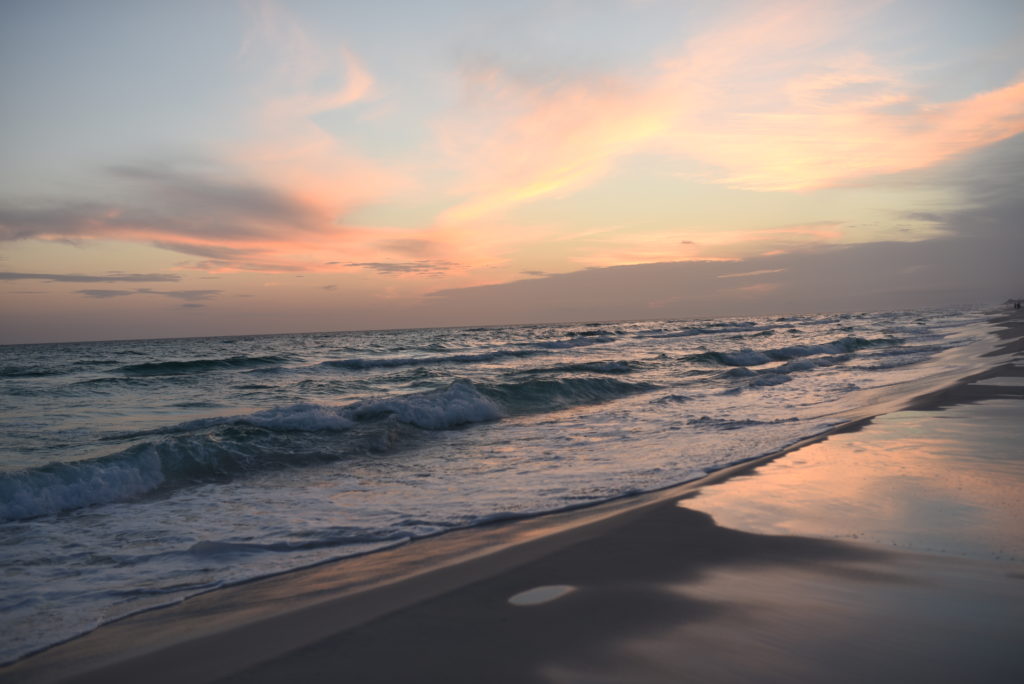
photo credit: Victoria Wise
When he began his decades-long project, Davis offered lots in Seaside to passers-by for $5,000, but what he was really selling was a dream. While those prices are long gone, the dream of the good life lives on. Technology and progress have made our lives at once easier and more complicated. An undeniable trend towards simplification is underway, and while we likely will not be giving up our smart phones any time soon, many people are rethinking the way they live and work. Davis was perhaps prophetic is his development of Seaside as the exemplar of New Urbanism. He is a forward-thinking man with one foot firmly planted in the past. A devotee of ancient philosophy, Davis clearly recognizes that “what is past is prologue” and understands that the future is bright, provided we do not forget what came before.



 Sign in
Sign in


Pingback: A Vision of New Urbanism on the Florida Coast - Fort Worth Press